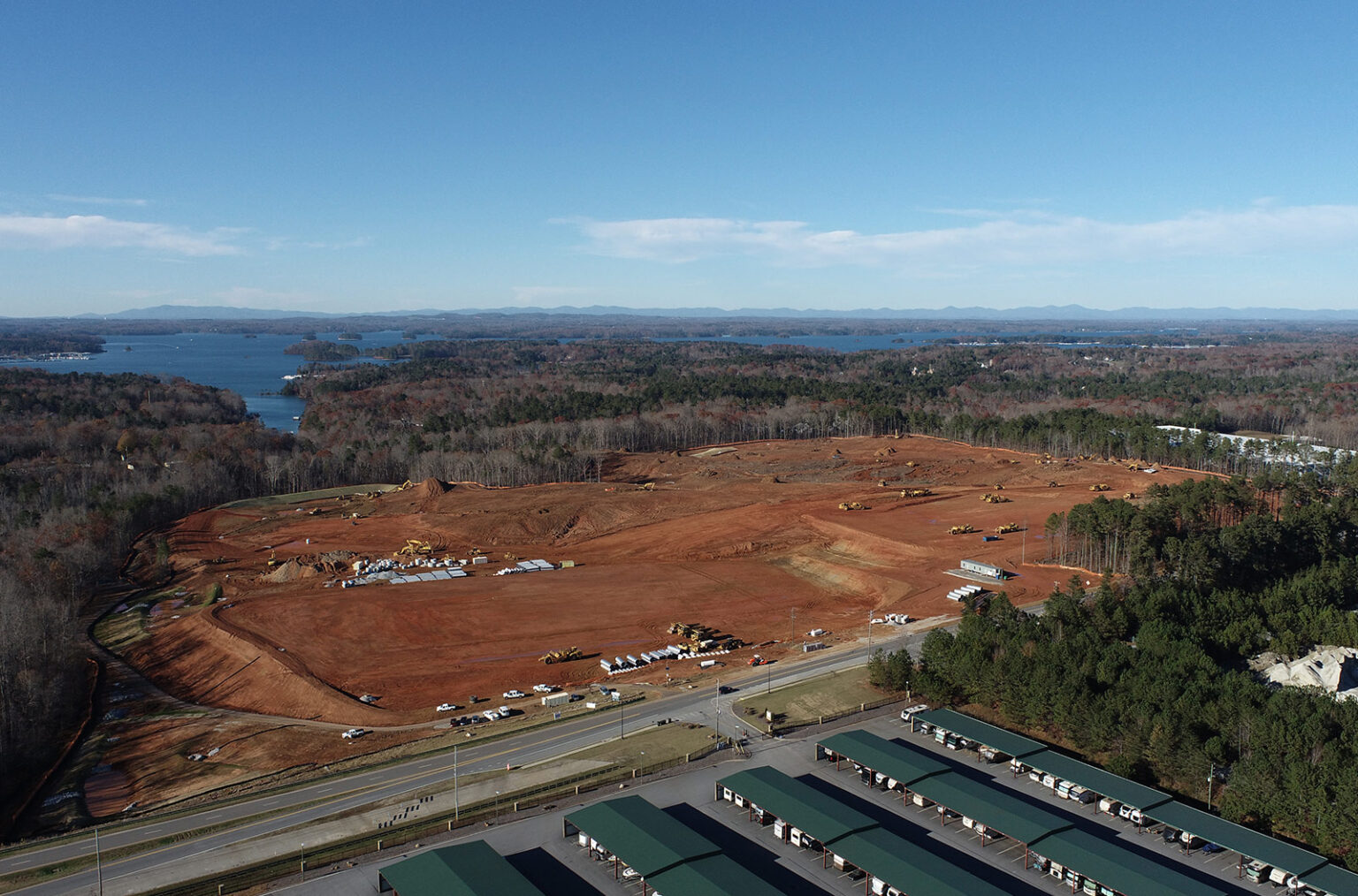Erosion Control
Erosion control is a critical aspect of land development and construction to prevent the loss of soil, water contamination, and habitat destruction. In Georgia, the state has established specific erosion and sediment control regulations to address these environmental concerns, primarily enforced through the Georgia Soil and Water Conservation Commission (GSWCC) and local government agencies. These requirements apply to a range of projects, including construction, land-disturbing activities, and agriculture.
The primary legislative framework for erosion control in Georgia is the Erosion and Sediment Control Act of 1975 (O.C.G.A. § 12-7-1 et seq.), which mandates that all land-disturbing activities (such as construction, grading, or mining) implement measures to control erosion and manage sediment. This law requires that developers and construction sites establish adequate erosion control plans to reduce soil erosion and sediment runoff into water bodies.
Georgia follows the federal NPDES program for stormwater discharges under the Clean Water Act. The Georgia Environmental Protection Division (EPD) administers the NPDES permit for stormwater runoff, which applies to construction sites disturbing one or more acres of land. The EPD requires a General Stormwater Permit (GP-1) for these projects. The permit mandates the implementation and requires adherence to best management practices (BMPs) outlined in the Manual for Erosion and Sediment Control in Georgia, such as silt fences, sediment basins, and stabilization practices, to minimize sediment discharge during construction.
How do we design erosion control at Eberly & Associates?
Plan submission and approval
Before commencing land-disturbing activities, developers must submit an erosion and sediment control plan for approval. The plan should include:
- Site-specific information: Topography, drainage patterns, and location of sensitive areas like streams or wetlands.
- Erosion control practices: Detailed descriptions of BMPs (e.g., silt fences, sediment basins, riprap).
- Sequencing and timeline: The phases of construction and when erosion control measures will be installed and removed.
Maintenance plan: Details on how erosion control measures will be maintained during the construction process. The plan is reviewed by the EPD or local permitting authority to ensure it meets the state’s regulatory standards.
Best Management Practices (BMPs)
Georgia requires the use of Best Management Practices (BMPs) to prevent soil erosion and reduce sediment transport from construction sites. The Georgia Erosion and Sediment Control Manual provides detailed guidance on selecting and implementing appropriate BMPs for various sites.
Vegetative Measures
- Mulching: Applying mulch can reduce soil loss by up to 98%. It is cost-effective and does not require water or fertilizer.
- Sodding and Seeding: Permanent vegetation, such as sod or grass, stabilizes soil quickly and effectively. Sodding is particularly useful for steep slopes and areas prone to erosion.
- Vegetative Buffers: Maintaining a buffer zone of 25–35 feet around the site can trap 85–95% of sediment runoff.
Structural Controls
- Silt Fences: Installed downslope, these barriers slow runoff velocity and filter sediments. They must be inspected regularly for effectiveness.
- Check Dams: Used in drainage channels to slow water flow and reduce erosion.
- Sediment Basins: Temporary basins capture runoff and allow sediment to settle before water exits the site.
- Riprap: Large stones placed on slopes or near water bodies prevent erosion caused by flowing water.
- Turbidity Barriers: Geotextile membranes anchored in water prevent sediment from entering streams or lakes.
Drainage Solutions
- French Drains: These systems redirect water away from exposed soil to minimize erosion.
- Temporary Diversions: Channels excavated along slopes intercept stormwater runoff and direct it to sediment controls.
Management Practices
- Phased Construction: Limit exposed soil by completing land-disturbing activities in phases.
- Maintenance and Monitoring: Regularly inspect erosion control measures after rainfall events and repair as needed.
- Topography Modification: Shorten slopes or terrace land to reduce runoff velocity and promote vegetation establishment.
By combining these methods, construction sites in Georgia can effectively control erosion while complying with the state’s regulations under the Erosion and Sedimentation Act.
Would you like some help navigating a development project? Contact us today to see how our experienced team of Georgia civil engineers, land planners and landscape architects can help make your vision a reality.


